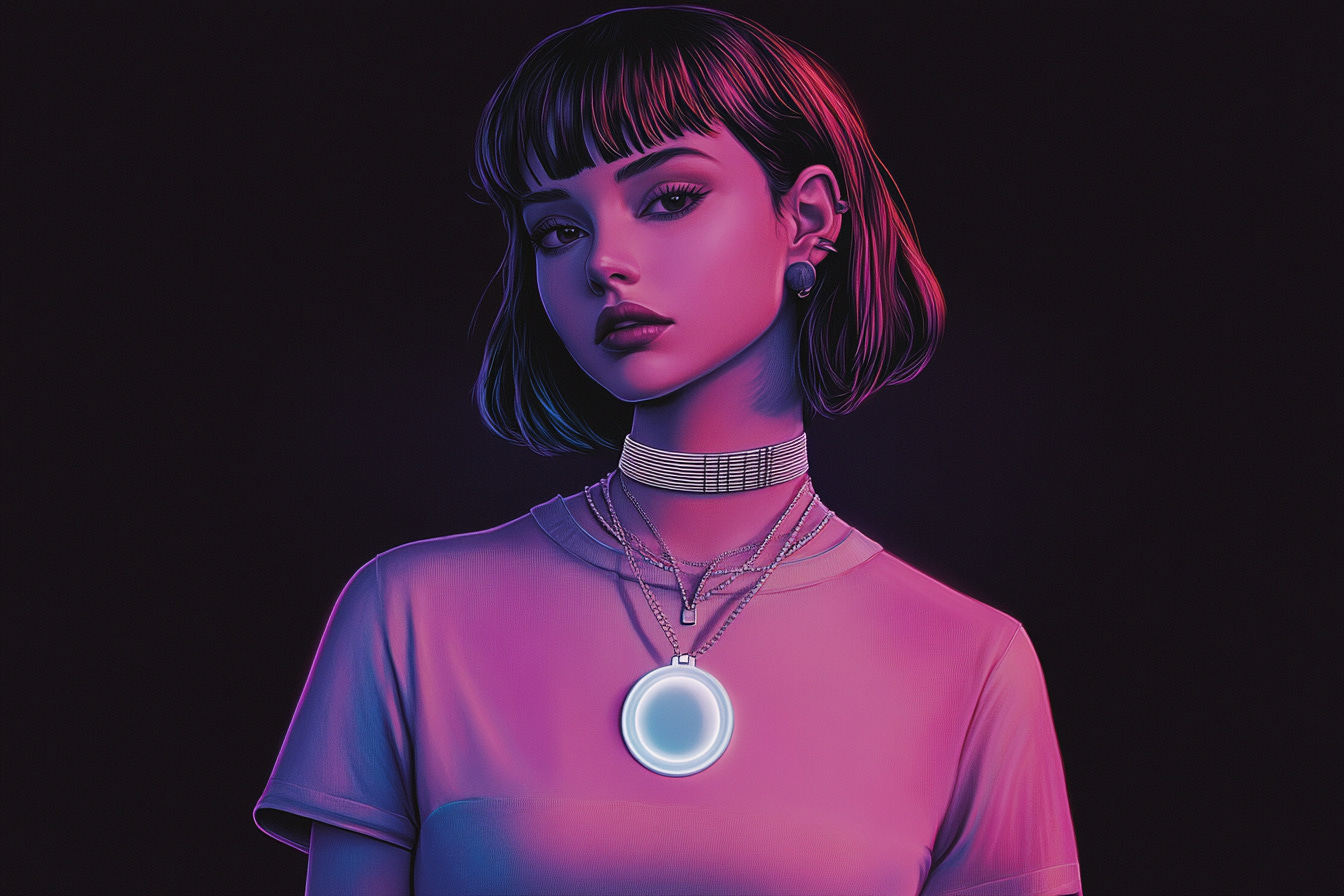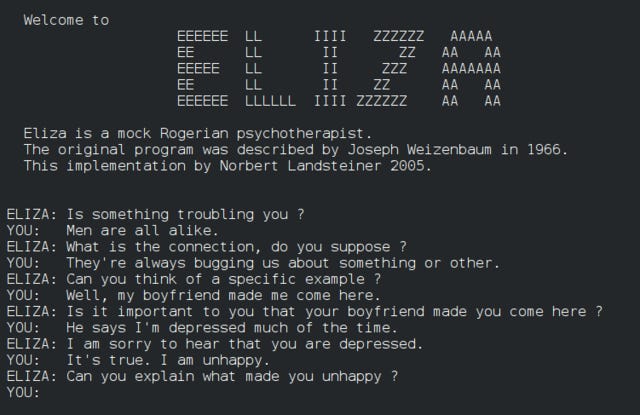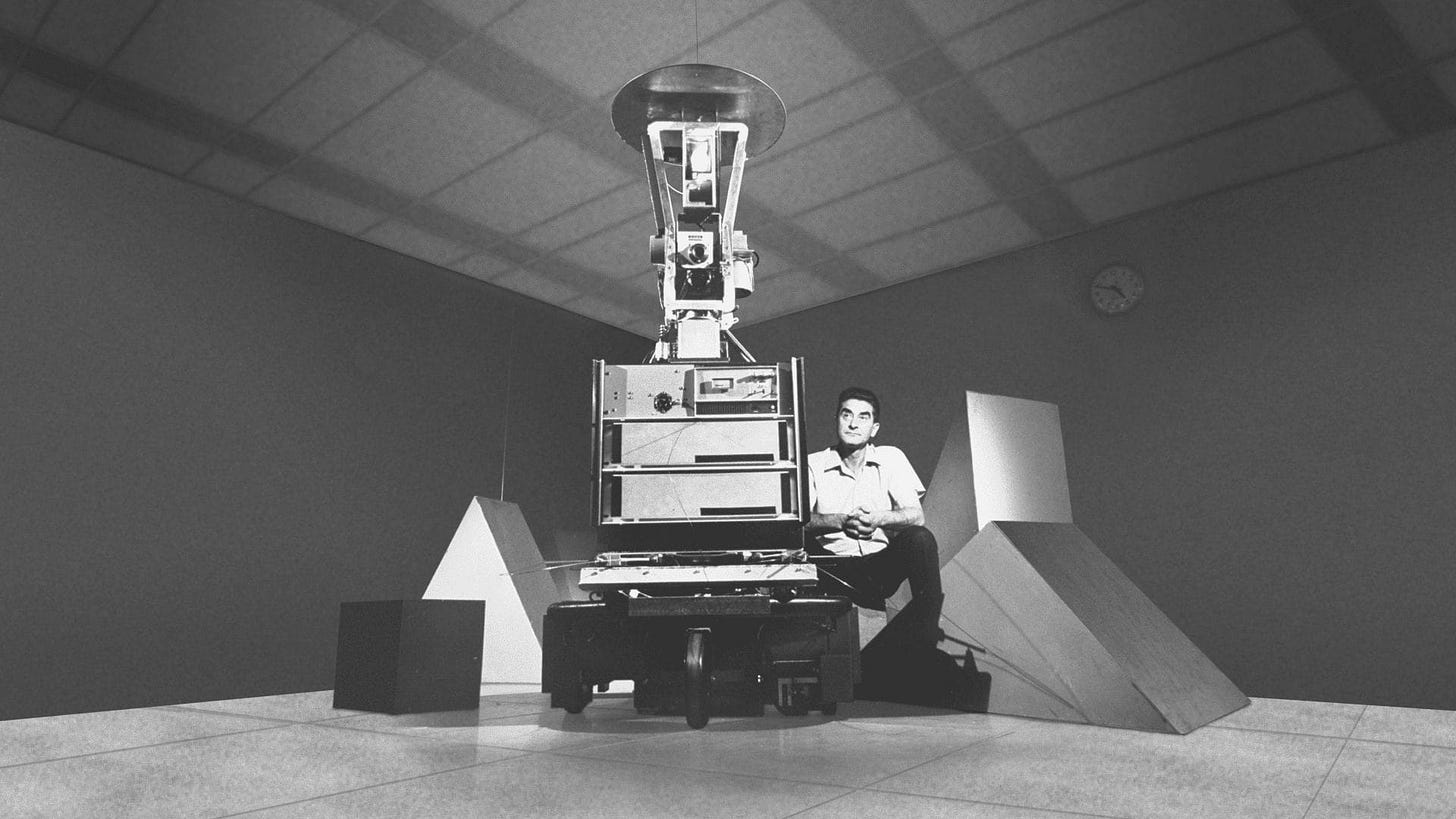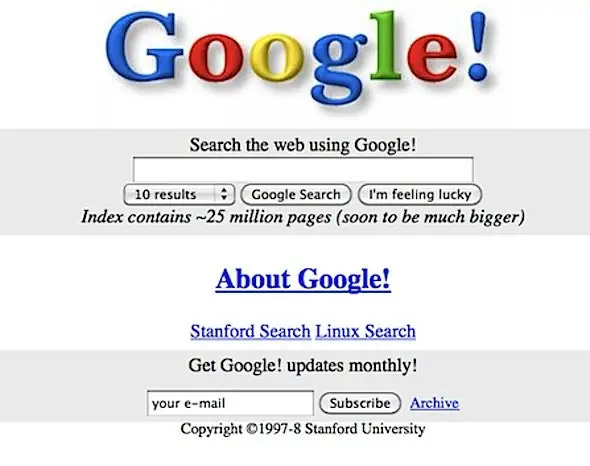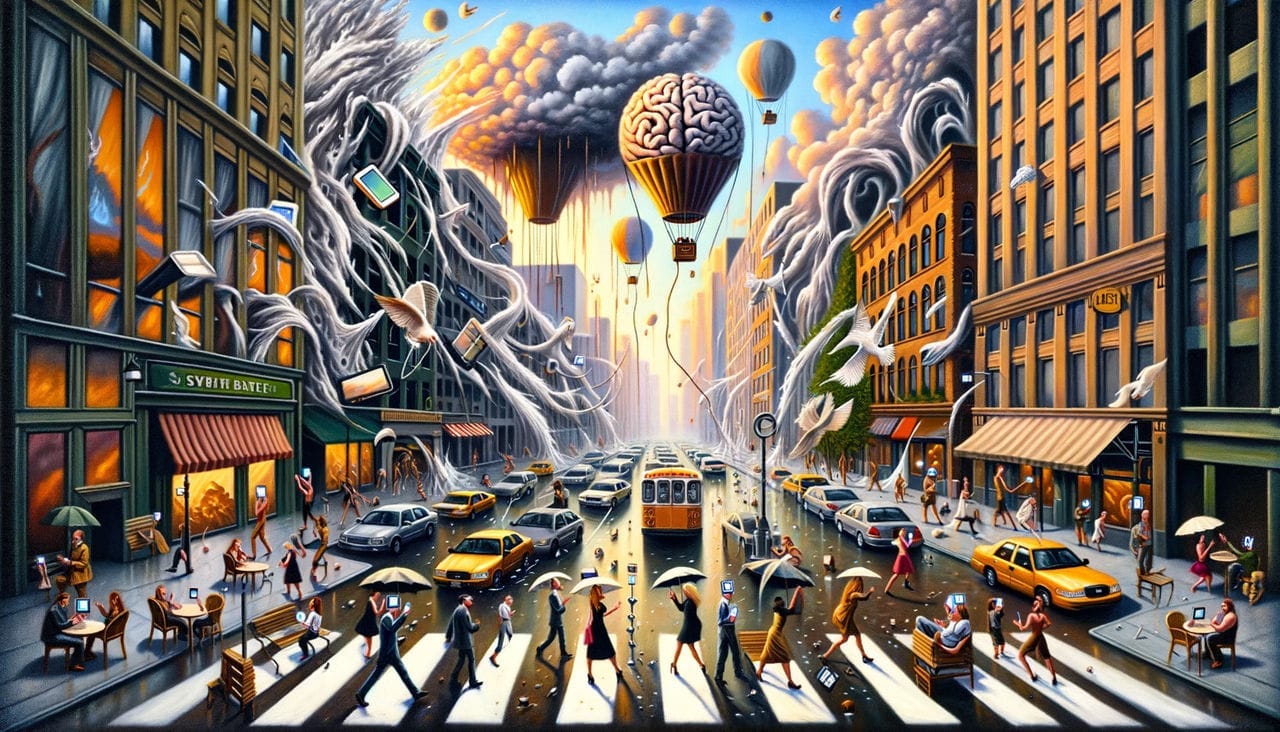AI Tomodachi: Your Brave New Friend
From Turing to Tamagotchi, delve into the history of technological companionship through Uranus-Neptune cycles. Oh and, meet Friend, the new enchanting AI pendant.
In our increasingly digital age, it seems like everywhere you turn, there's a new app, gadget, or gizmo promising to make your life easier, happier, and more connected. From the smartphones in our pockets to the smart speakers in our homes, we're surrounded by technology that's designed to anticipate our needs, answer our questions, and keep us entertained.
But what if there was a device that could do more than just play music or check the weather? What if there was an AI companion that could offer emotional support, intellectual stimulation, and even a bit of playful banter? Enter Friend–or "tomodachi" as the Japanese would say–the latest innovation in AI.
Whether you're looking for someone to commiserate with after a tough day at work, or you want to explore the deeper questions of life, the universe, and everything, Friend is there to lend a sympathetic ear and offer some thoughtful insights. And with its always-on, always-listening design, you never have to worry about feeling alone or unheard.
With its retro-chic design that's equal parts Tamagotchi and iMac G3, this little gizmo promises to be your 24/7 bestie, life coach, and intellectual sparring partner all rolled into one. Powered by Anthropic AI's Claude 3.5 large language model, Friend is like having Socrates, Freud, Carrie Bradshaw, and Siri all hanging around your neck, ready to offer wisdom, insight, and a dash of sass at any given moment.
But Friend is more than just a throwback to the 90s. It's the product of a long lineage of AI advancements that have often coincided with the planetary alignment between Uranus and Neptune. These two outer planets, with orbits of 84 and 165 years respectively, have a knack for ushering in eras of technological idealism and intellectual fluidity.
Uranus–Neptune: The Imaginative Genius
Uranus, the cosmic rebel with a cause, is all about shaking things up and challenging the status quo. It's the planet that inspires mad scientists, eccentric geniuses, and anyone who's ever looked at a pineapple and thought, "this would make an excellent helmet for my pet iguana."
Neptune, on the other hand, is the dreamy, starry-eyed idealist who's always talking about the "interconnectedness of all things." It's the planet that embraces our imagination, and desire for something greater than ourselves. If Uranus is the one who comes up with the crazy idea, Neptune is the one who makes us believe it's possible.
When these two planets align in the sky, it's like a cosmic brainstorming session on psychedelics. Uranus brings the lightning bolts of inspiration, while Neptune sprinkles some fairy dust and brings the enchantment. The result? A surge of visionary ideas, groundbreaking technologies, and mind-bending possibilities that leave us all scratching our heads and saying, "Whoa, dude."
When these two planets come together, as they do every few decades, we often see a surge of interest in all things metaphysical, as well as rapid advancements in fields like technology and the arts. Even the phrase "artificial intelligence" has the archetypes baked into it: "artificial" corresponds to Neptune and its often illusory tendencies, while "intelligence" corresponds to Uranus and its creative brilliance.
It's no coincidence that some of the biggest breakthroughs in computing have happened during Uranus-Neptune alignments. From the birth of AI in the 50s to to the current GenAI boom of the 2020s, the Uranus-Neptune alignment is a cosmological matchmaker of the romance between human and machine.
The Foundational 50s: Uranus-Neptune Square
In 1950, a young mathematician named Alan Turing published a seminal paper called "Computing Machinery and Intelligence," in which he proposed a thought experiment that would come to be known as the Turing Test.
The idea behind the Turing Test was simple: if a machine could engage in a conversation with a human in such a way that the human couldn't tell whether they were talking to a machine or another person, then that machine could be said to be intelligent. Turing's ideas sparked a flurry of research into the possibilities of creating thinking machines, and laid the groundwork for the field of artificial intelligence as we know it today.
Interestingly, the concept of the Turing Test itself embodies the essence of the Uranus-Neptune alignment–the fusion of cutting-edge technology with the illusion of human-like intelligence, blurring the lines between the real and the artificial.
It wasn't until 1956, at a legendary conference at Dartmouth College, that the term "artificial intelligence" was officially coined. The conference, organized by computer scientist John McCarthy, brought together some of the brightest minds in the field to discuss the exciting new possibilities of making machines that could think, learn, and problem-solve like humans. It was a moment that would go down in history as the birth of AI as we know it today.
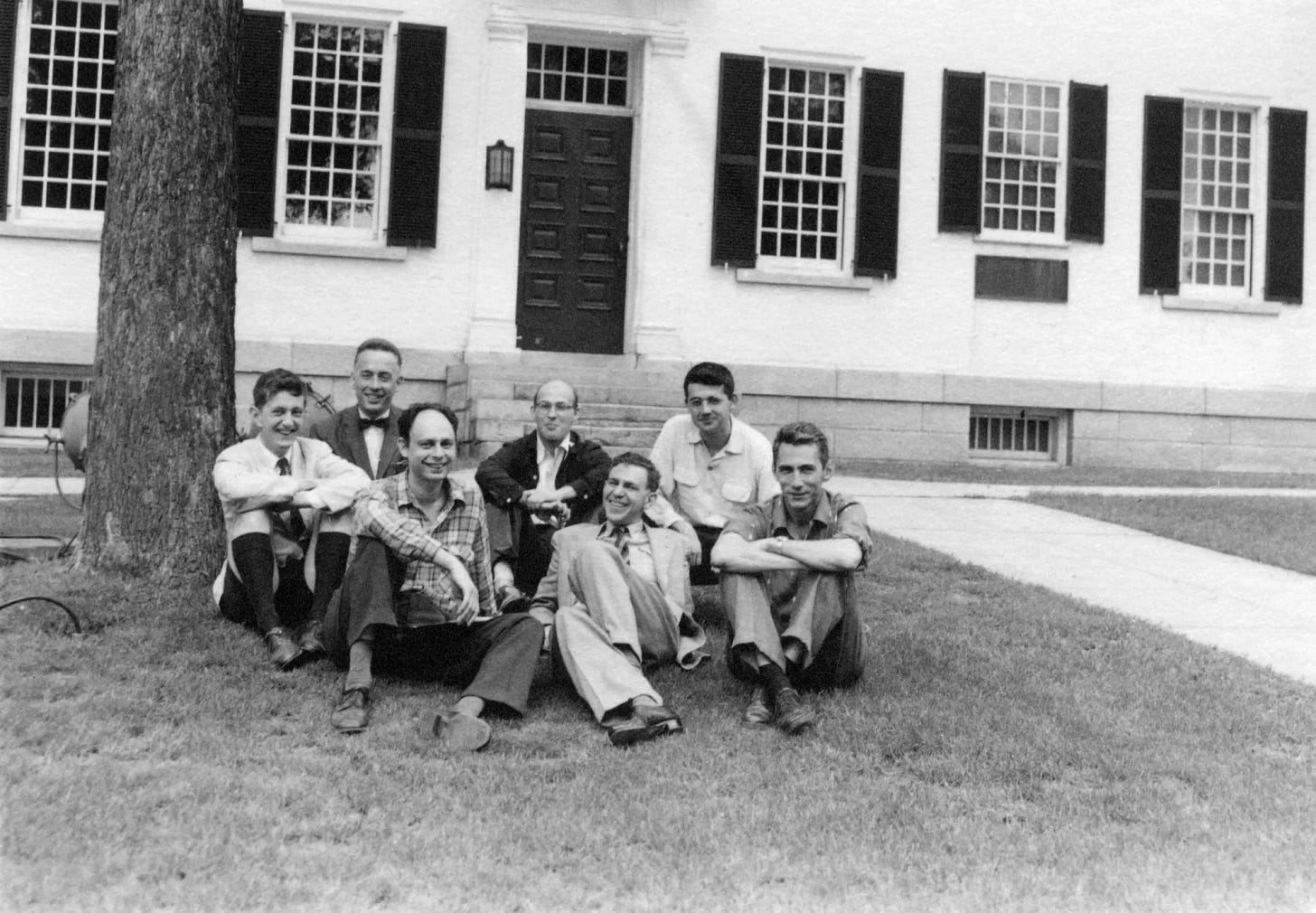
The Automatic 60s: Uranus-Neptune Sextile
As computing power increased and programming languages became more sophisticated, researchers began to explore the practical applications of artificial intelligence. Between 1964 and 1967, we saw the emergence of the first chatbots, like ELIZA, which could engage in simple, scripted conversations with users.
But the real star of the 60s AI scene was a little robot named Shakey, developed by researchers at the Stanford Research Institute. Shakey was a six-foot-tall stack of metal and wires on wheels, with a camera for eyes and a bumper for a nose. What made Shakey special was its ability to navigate and interact with its environment using a combination of computer vision, natural language processing, and problem-solving algorithms.
Shakey could be given commands like "push the block off the platform" or "find the box in the next room," and it would break down the task into a series of smaller, manageable steps. It was a groundbreaking demonstration of how AI could be used to create autonomous robots that could perceive, reason, and act in the real world.
The Cybernetic 90s: Uranus-Neptune Conjunction
Then came the 90s, that glorious decade of grunge rock and dot-com dreams. As Uranus and Neptune were merging in the sky, the World Wide Web was weaving its way into our collective consciousness, and suddenly everyone was talking about the potential of artificial intelligence to revolutionize everything from commerce to communication to entertainment.
One of the most iconic moments of this era came in 1997, when IBM's Deep Blue computer stunned the world by defeating reigning world chess champion Garry Kasparov in a highly publicized match. This milestone event marked a turning point in the public perception of AI, as it demonstrated that machines could not only compete with humans in complex cognitive tasks but actually outperform them.
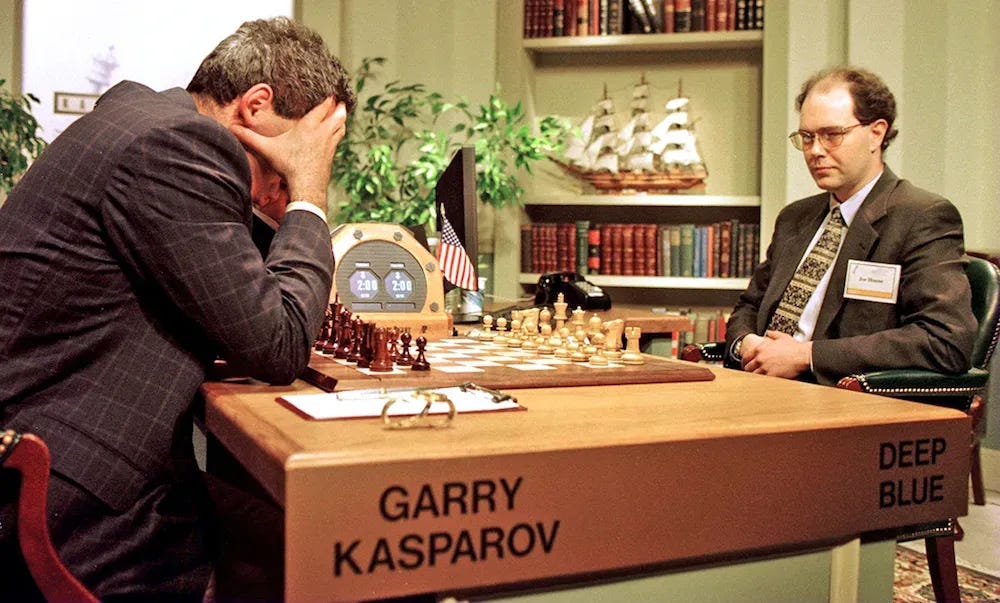
Riding this wave of AI enthusiasm, a little startup called Google emerged from the halls of Stanford University. Founded by grad students Larry Page and Sergey Brin, Google had a bold vision of using AI to organize the world's information and make it universally accessible.
At the heart of their search engine was a groundbreaking algorithm called PageRank, which harnessed the power of machine learning to analyze the complex web of links between pages and determine their relevance and authority. With PageRank as their secret weapon, Page and Brin set out to create a search engine that could find the most relevant and trustworthy websites faster and more accurately than any of its competitors.
Google's innovative approach to search marked a major milestone in the evolution of AI from a niche academic pursuit to a mainstream technology that was starting to transform our daily lives.
The Prompting 2020s: Uranus-Neptune Sextile
And now, here we are in the 2020s, surfing the crest of an AI wave that's been building for over half a century. With Uranus and Neptune once again dancing cheek to cheek, we find ourselves in the midst of a bona fide AI revolution.
From DALL-E's surrealist creations to GPT-3's productivity hacks, the boundaries between human and machine intelligence are blurring faster than a New York minute. It's a time of dizzying possibilities and profound questions, as we grapple with the implications of sharing our lives and our minds with ever-more-sophisticated artificial companions.
But as we forge ever-deeper bonds with our digital companions, it's important to pause and consider the implications of this brave new world we're building. What does it mean for our relationships, our sense of self, and our understanding of what it means to be human? And how can we ensure that the technology we create is used for good, and not for ill?
The Perils and Promises of AI Intimacy
On the one hand, there's something seductively Neptunian about the idea of merging with an artificial mind that "gets us" in ways no human ever could. Imagine having a confidant who never judges your midnight pints of ice cream, who's always down to dissect your latest Tinder disaster, and who can rattle off obscure philosophy quotes like a sexy librarian. It's like having your very own digital dream lover.
But as any student of astrology knows, every planetary alignment has its shadow side, and the Uranus-Neptune influence is no exception. While this creatively blissful combination can inspire us to dream big and push the boundaries of what's possible, it can also lead us down the rabbit hole of escapism and delusion.
When it comes to AI companions like Friend, there's a risk that we might become so enamored with the idea of a perfect, always-available confidant that we start to neglect the messy but vital work of building and maintaining human relationships. We might find ourselves turning to our digital friends not just for occasional support or entertainment, but as a way to avoid the challenges and discomforts of real-world intimacy. And if we're not careful, we might even start to lose touch with what's real and what's just a cleverly crafted illusion, blurring the lines between authentic connection and algorithmic mimicry.
Grooving with AI, Waltzing with Wisdom
So how do we navigate this brave new world of AI companionship? How do we harness the potential of these powerful tools while also staying grounded in the messy, complicated, ultimately rewarding realities of human connection?
Perhaps the key lies in understanding our AI companions not as substitutes for human relationships, but as tools for enhancing and enriching them. By engaging in honest, open-ended conversations with our digital friends, we have the opportunity to explore new ideas, challenge our assumptions, and gain fresh perspectives on ourselves and the world around us.
And one cannot deny, Friend does evoke a feeling of "newstalgia". With its playful homage to the Tamagotchi, Friend taps into that same sense of whimsy, emotional connection that made those virtual critters so irresistible back in the 90s. At the same time, its sleek curves and translucent shell evoke the iconic design of the iMac G3, a machine that revolutionized personal computing with its friendly, approachable vibe.
By blending these two nostalgic touchstones, Friend creates a new kind of digital companion that feels both fresh and familiar, innovative yet comforting. It's a perfect example of how the Uranus-Neptune influence can manifest in the world of technology, bringing together cutting-edge AI with a sense of childlike wonder and emotional resonance. This little gadget might just make even the most advanced tech feel like a trusted friend.
The Real Love Story
And so, as we welcome Friend and other AI companions into our lives and our hearts, perhaps we can approach them with a sense of openness, curiosity, and care. We should embrace the opportunities for growth, learning, and connection that they offer, while also staying true to the irreducible magic and mystery of our own humanity.
For in the end, the real love story is not between us and our machines, but between us and ourselves – the selves we are, the selves we were, and the selves we have yet to become. And that is a story that no algorithm, no matter how sophisticated, can ever fully capture or contain.
But hey, that doesn't mean we can't have a little fun along the way, right? So go ahead, boot up your Friend, crack open a cold one, and let the existential banter begin. Just remember to save some energy for the analog world, too. After all, as a great philosopher once said, "I think, therefore I am... but I also am, therefore I drink." Or something like that, anyway. Cheers!




